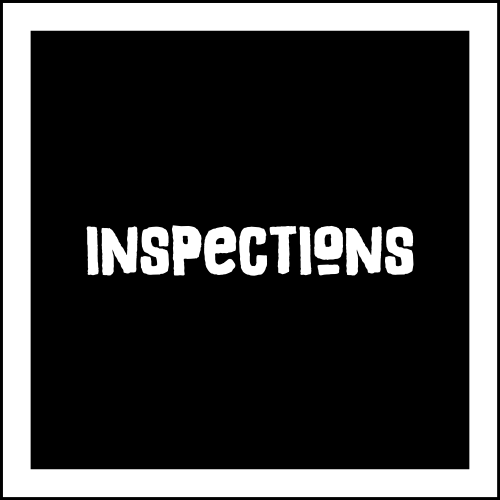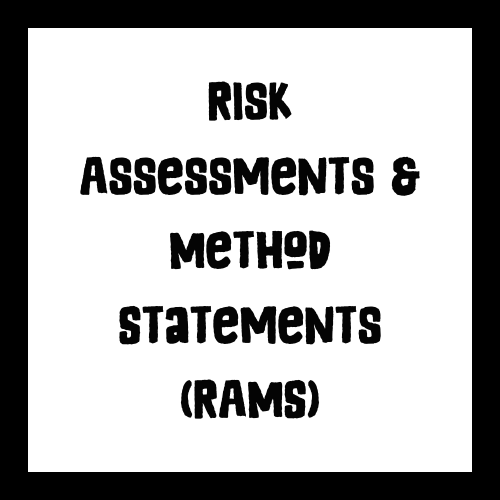Risk Assessments and Method Statements (RAMS)

You have a legal duty to assess the risks to the health and safety of your employees (and risks to the health and safety of persons not in your employment) to which they are exposed while they are at work. In carrying out a risk assessment you should consult employees and health and safety representatives.
Non-compliance with risk assessment requirements can lead to hefty fines and legal action. The Health and Safety Executive (HSE) has the authority to investigate and penalise non-compliant businesses. Fines can vary greatly, and the consequences can be severe. The maximum penalty is an unlimited fine or imprisonment not exceeding two years, or both.
How to avoid Health and Safety penalties?
RAMS support
Are you certain which ones your business needs? Do you know how to produce them, update, and review them, ensure they remain relevant, distribute, and record them?
If the answer is no to any of the above, relax, we’re here for you. We provide workplace RAMS support to sole traders, partnerships, subcontractors, contractors, principal contractors, and small businesses. We’ll help you identify the risk assessments you require and work with you every step of the way ensuring 100% legal compliance.
From the very basic stuff to specialist requirements, COSHH risk assessments to stress risk assessments – we’ll get you sorted.
Once sorted and if required, we can visit your premises or site location at agreed intervals, or when an incident/accident occurs to ensure any adjustments to the risk assessments are made and the document remains compliant.
Why have Health and Safety in the first place?
What are risk assessments and method statements (RAMS)?
A risk assessment is a process carried out by a competent person to identify potential safety hazards. RAMS are the documents they use to detail the findings of the risk assessment.
Method statements are documents that provide concise, step by step instructions on how to carry out a job safely, to prevent potential accidents.
The aim of a method statement is to ensure the right people are in place to complete the work. A method statement will help ensure the safety of employees while also providing a clear schedule for all those involved – including any special measures. For example, if any part of a building needs to be closed temporarily, or if life safety systems need to be isolated.

Services

We offer regular construction site safety inspections at intervals to suit your specific requirements allowing you to monitor the health and safety management system (SMS) in your business and its efficiency.

We understand producing risk assessments and method statements can seem a daunting process. Whether you’re unsure where to start or just want to save yourself time, we’re here to help.

We don’t adopt a “one size fits all” mentality. We get to know our customers; we evaluate their needs and develop solutions that are tailored to fit the needs of their businesses.
How to avoid Health and Safety penalties?
Prevention is better than cure. The best way to avoid enforcement action or prosecution from the HSE is to always be aware of the law. Keep on top of the latest news from your industry and respond to any changes in legislation as soon as you can.
Why have Health and Safety in the first place?
It’s in your best interests financially to be compliant with health and safety regulations such as the Health and Safety at Work Act 1974. Non-compliance is expensive, with the average fine being £150,000. And it’s the law. Not complying with health and safety regulations could potentially have you doing a spell behind bars at His Majesty’s Service.
